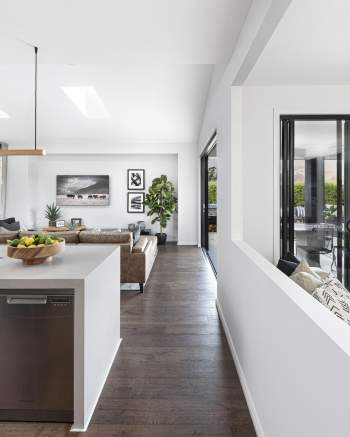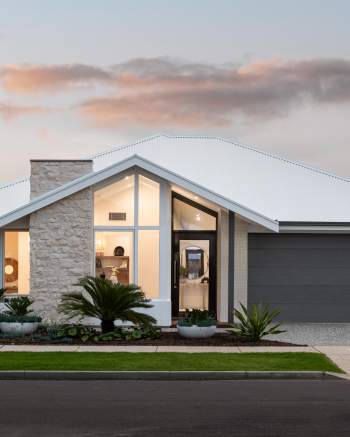What Are Eaves?
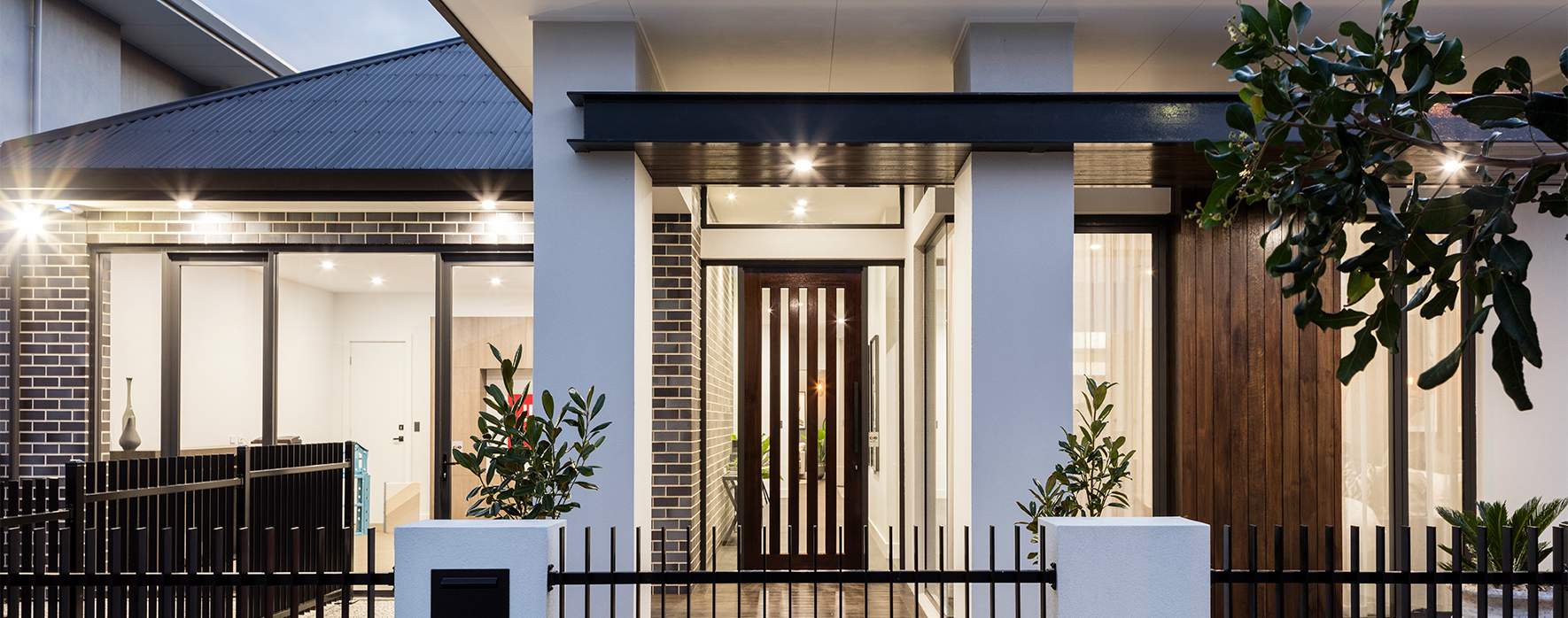
Curious about what eaves are? You're in the right place. Embarking on the journey of building your first house is both thrilling and challenging, with numerous design elements and architectural terms to navigate. One term that frequently arises is "eaves."
Despite appearing as a minor detail in house design, eaves play a crucial role. This article will explore what eaves are and why they are essential to your home's architecture.
What is an Eave on a House?
So, what are eaves? Eaves are the parts of the roof that extend beyond the walls of the house. These projecting sections are found on virtually every home, regardless of its style or size. While they might seem like a simple design element, eaves play a crucial role in safeguarding your home and enhancing its curb appeal.
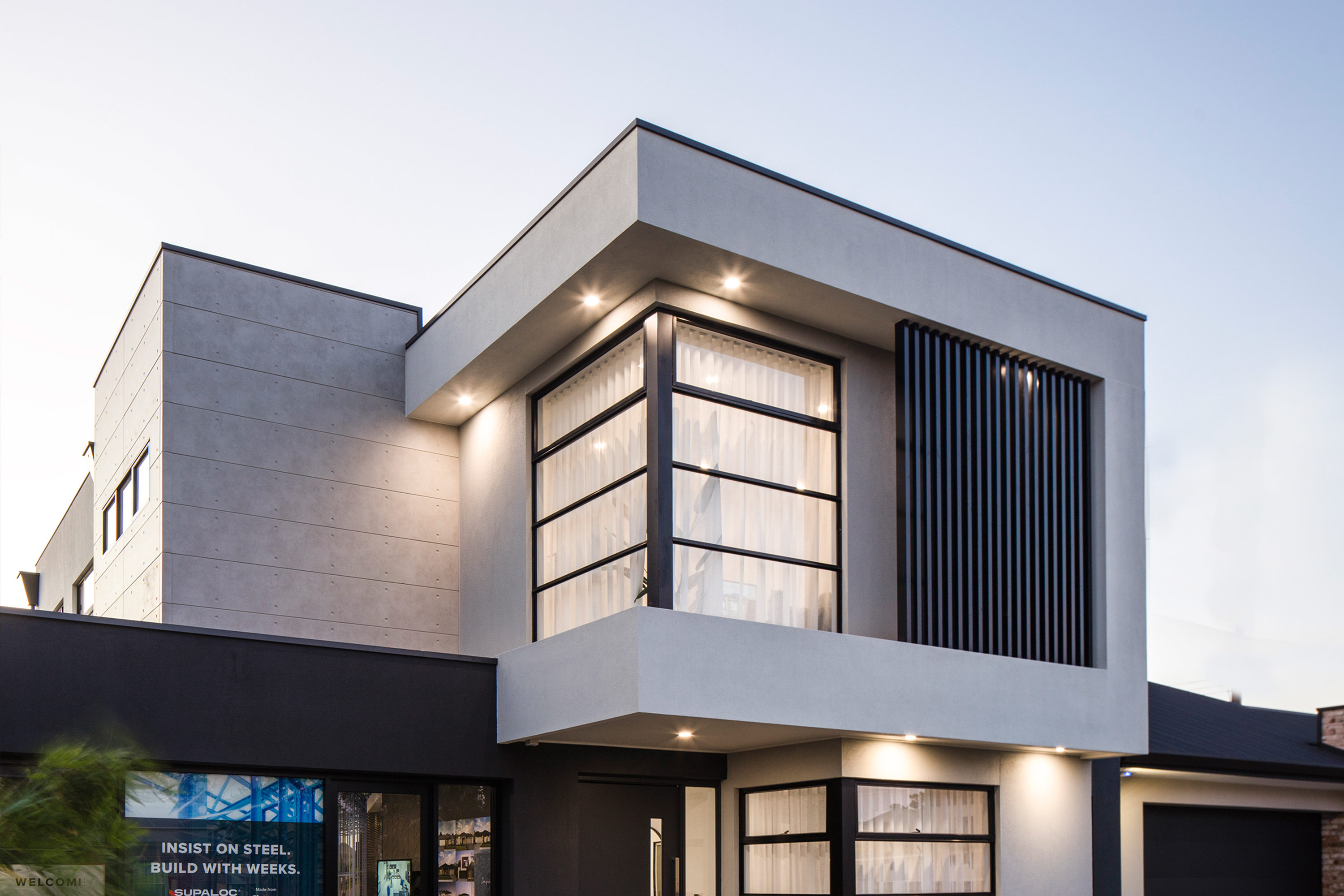
What Do Roof Eaves Do?
What is the purpose of eaves? Now that we know what eaves are, let's delve into their role and significance in home design. Flat roofs, gable roofs, and various other house styles rely on roof eaves to protect their horizontal underside. Here are several other uses of eaves in various house styles.
Weather Protection
Eaves serve as your home's first line of defence against the elements. By extending beyond your exterior walls, eaves create a protective overhang that shields your home from rain, and hail. This helps to prevent water damage, mold, and rot, preserving the structural integrity of your home.
Beyond protecting your home's exterior, house eaves also play a crucial role in managing rainwater runoff. By directing water away from your home's foundation, eaves help to prevent erosion, foundation damage, and unsightly water stains. In areas prone to heavy rainfall or strong winds, eaves can help to minimise water splashing onto windows and doors, protecting these vulnerable areas. When combined with a properly installed gutter system, eaves create an effective drainage system that channels water safely away from your home.
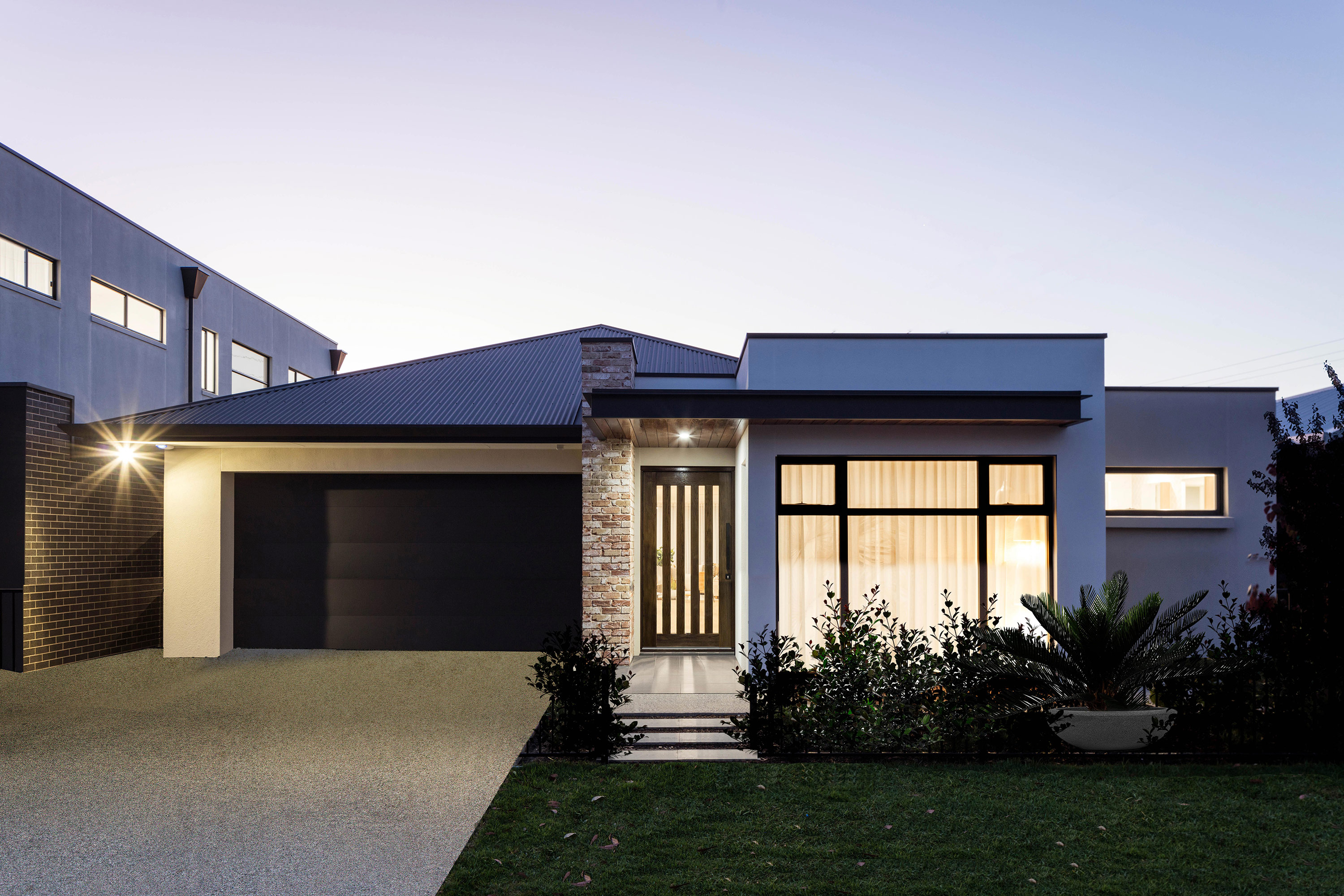
Climate Control
By extending beyond your home's exterior walls, eaves create a shaded zone that helps to mitigate the impact of direct sunlight. This shading effect is particularly beneficial in regions with hot climates, as it helps to keep your home cooler without relying heavily on air conditioning.
The size of your roof eaves can significantly impact their shading effectiveness. Wider eaves provide more substantial shade, blocking a greater amount of sunlight and reducing heat gain. By optimising the size and placement of your eaves, you can create a more comfortable and energy-efficient living space.
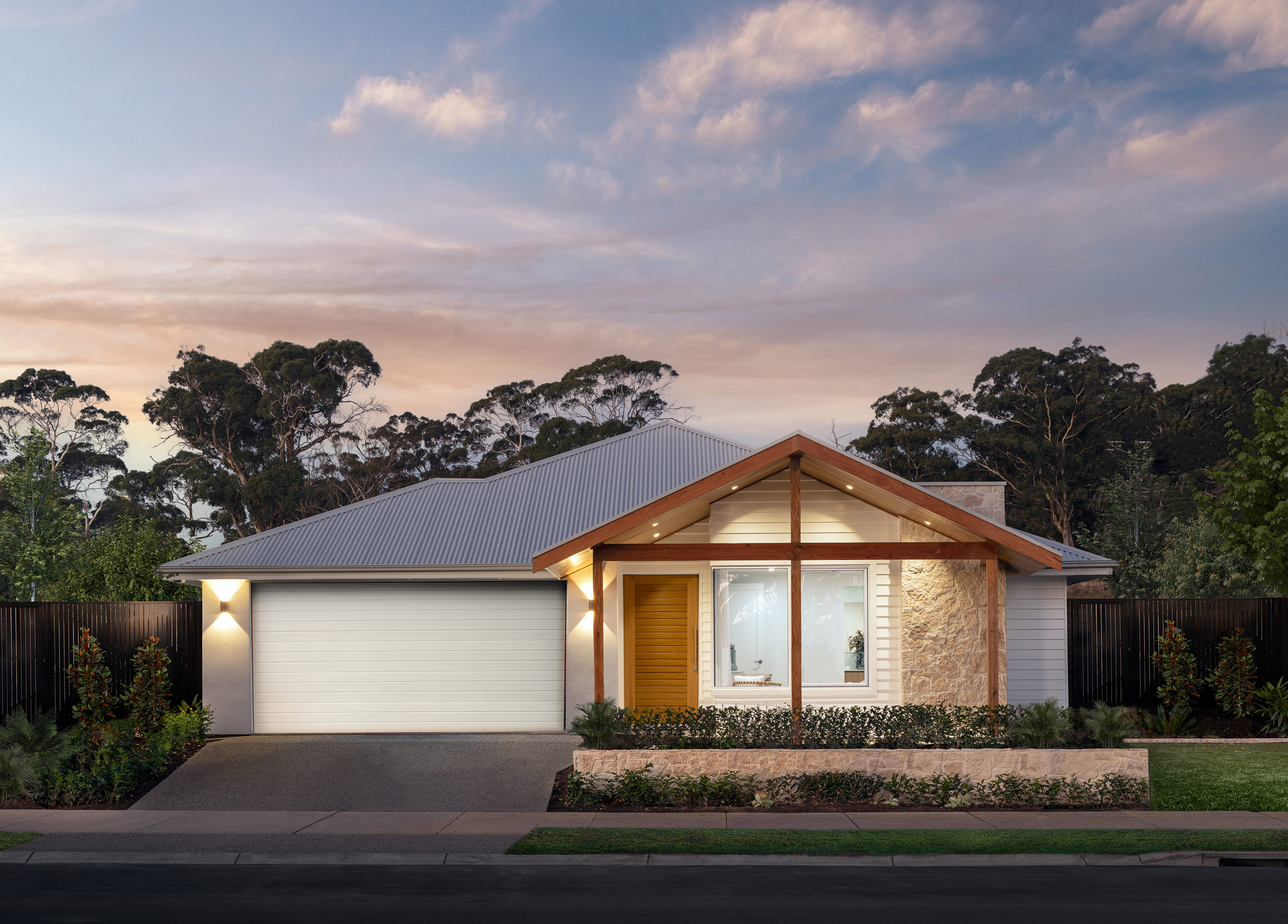
Aesthetic Value
Eaves are not just functional components of a home; they also play a significant role in enhancing its overall aesthetic appeal. The design and style of your house eaves can dramatically impact the look and feel of your home's exterior. Whether you prefer the classic charm of a traditional home or the sleek lines of a modern design, eaves can be tailored to complement your architectural vision.
From the intricate details of boxed eaves for a hamptons look to the clean lines of contemporary designs, eaves offer endless possibilities for customisation. By carefully considering the style, size, and material of your eaves, you can create a home that exudes both beauty and functionality.
What's the Difference Between an Eave and Soffit?
Understanding the distinction between eaves and soffits is essential for homeowners navigating the complexities of home design. While often confused, these two elements serve distinct purposes in the structure of your roof.
Eaves for a house are the extended edges of your roof that overhang the exterior walls. Primarily functional, they protect your home from the elements by directing rainwater away and providing shade. Soffits, on the other hand, are the enclosed panels beneath the eaves. Their primary role is to ensure proper attic ventilation, preventing moisture buildup and potential damage.
While eaves are essential for all homes, the importance of soffits varies based on climate and home design. In humid climates, soffits can beneficial for preventing moisture-related issues. However, it's important to note that while eaves can exist independently, soffits are typically installed in conjunction with eaves to create a complete roofing system.
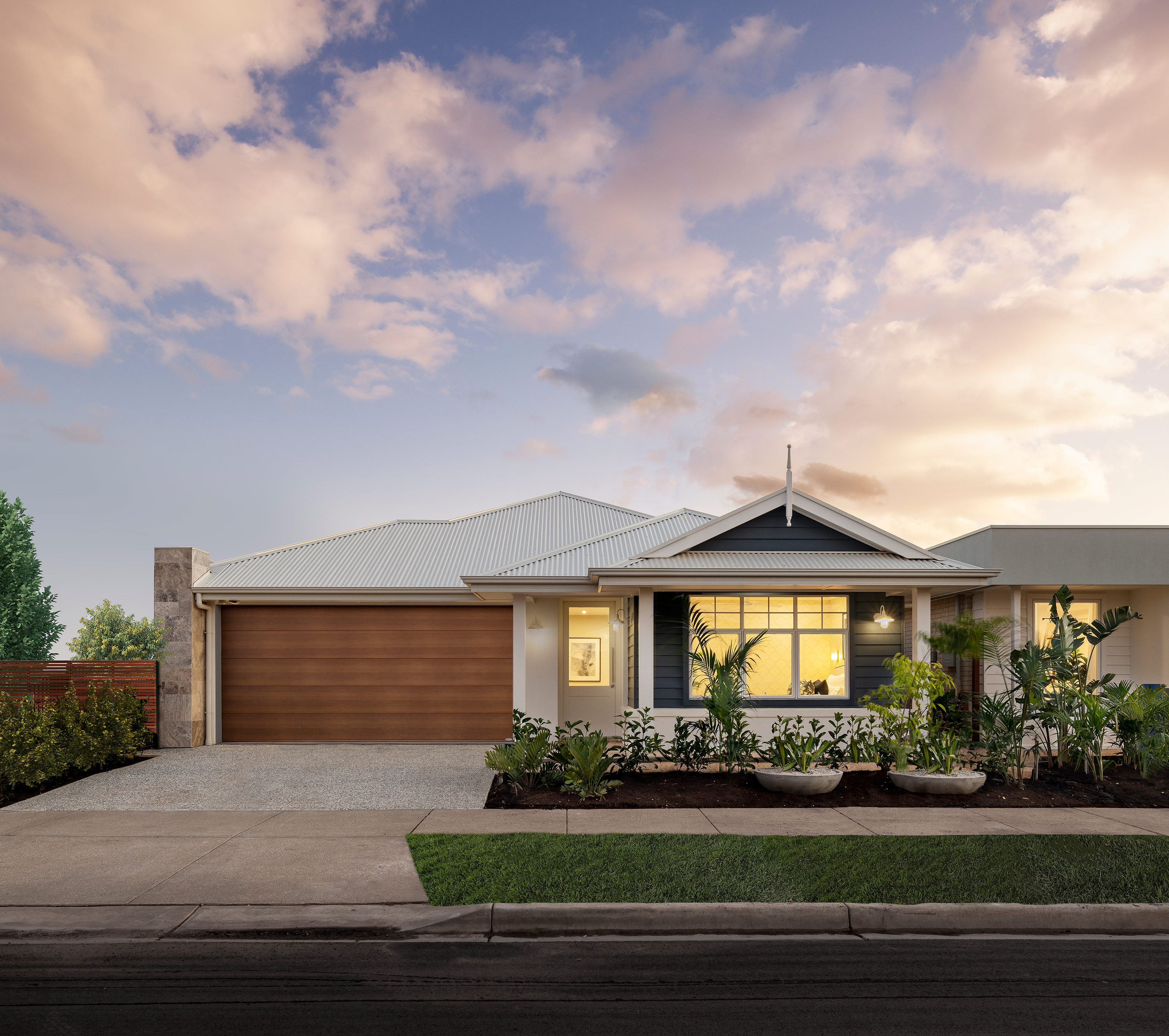
Types of Eaves
Eaves come in various styles, each offering unique aesthetic and functional benefits. Let's explore some of the most common types of eaves:
Boxed Eave
Characterised by a clean and finished appearance, boxed eaves are enclosed with soffits and fascia boards. This design conceals the roof rafters and creates a polished look. Boxed eaves offer excellent protection against the elements and are a popular choice for homeowners seeking a hamptons or neat and modern aesthetic.
Open Eave
Open eaves stand in contrast to their boxed counterparts. In this design, the rafters and the underside of the roof are left exposed, creating a more rustic or traditional look. This style is commonly seen in cabins or homes that aim for a natural aesthetic, especially in hot climates. The exposed nature of open eaves also provides ample ventilation, enhancing airflow and cooling for the structure.
Closed Eaves
Closed eaves are a blend between boxed and open designs. In this style, the eave is present, but there is no significant overhang. The roofline is closer to the house, with minimal space between the edge of the roof and the wall. This type of eave provides a streamlined appearance, making it a preferred choice for more contemporary architectural styles.
Where Are Eaves Suitable?
Eaves aren’t just a decorative feature; they serve essential functional roles for homes. While eaves can be added to any home, their importance becomes more pronounced in certain situations:
Rainy Climates
In regions with heavy rainfall, roof eaves help direct water away from the house's walls, minimising the risk of water damage and dampness.
Sun-Drenched Areas
Homes in areas with intense sunlight benefit from wide eaves that provide shade, helping to keep interior temperatures cooler and reducing energy consumption. Optimal protection is achieved when building materials offer shade during the winter sun.
Properties with Nearby Landscaping
Homes with gardens or trees nearby can greatly benefit from eaves, as they prevent direct rainwater from eroding the landscape or creating water pools. If your garden attracts birds, consider the underside of the eaves for hanging decoy nests. Exposed rafters, soffit boards, fascia boards, and distinctly flared eaves enhance the overall look of your home.
The Role of Drip Edges
Drip edges are essential components of a well-protected roof system. These metal flashings, installed along the roof's edges, serve a critical function: diverting rainwater away from the fascia board and into gutters. While often overlooked, drip edges play a vital role in safeguarding your home from potential water damage and preserving its overall integrity.
By effectively channelling water, drip edges protect your fascia boards, soffits, and exterior walls from the harmful effects of moisture, such as rot, mold, and decay. This helps to extend the lifespan of your roof, saving you from costly repairs or replacements in the long run. Additionally, drip edges contribute to a clean and finished appearance, enhancing your home's curb appeal.
Whether your home boasts a steeply pitched or low-sloped roof, installing drip edges is highly recommended. To ensure proper installation and address specific roofing needs, consult with a qualified roofing professional.
Ready for more home design wisdom? Check out our blog on What is an Architrave for valuable architectural insights.
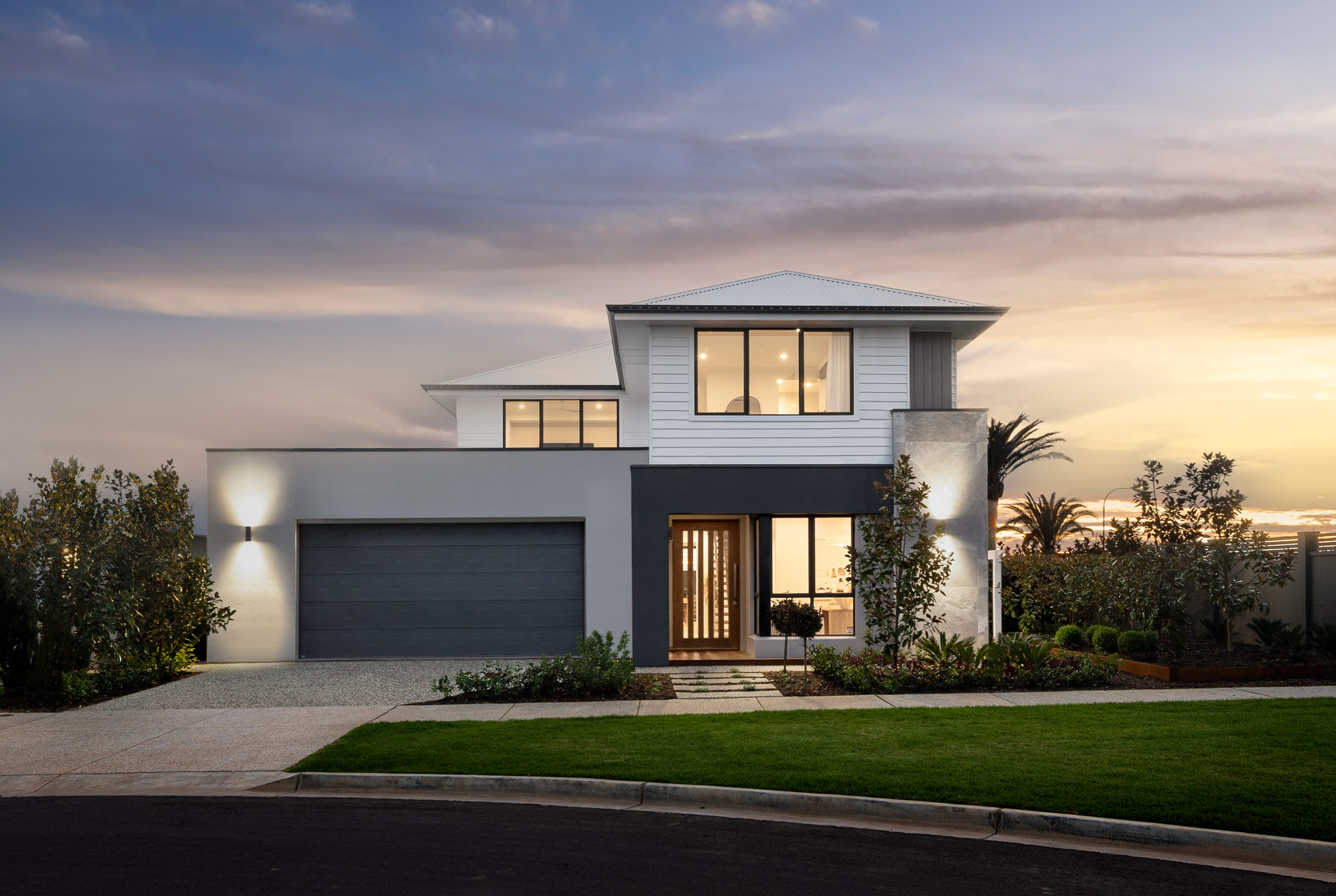
Do I Need to Clean My Roof Eaves?
Yes, regular cleaning of your roof eaves is essential for maintaining your home's overall health and appearance. Neglecting to clean your eaves can lead to a number of problems, including:
- Water damage: Debris buildup can clog gutters, leading to water overflow and potential damage to your roof, walls, and foundation.
- Pest infestations: Accumulated debris provides an ideal breeding ground for pests like insects, rodents, and birds, which can cause damage to your eaves and attic.
- Structural damage: Heavy debris can put extra strain on your eaves, potentially causing damage over time.
- Unsightly appearance: Dirty eaves can significantly detract from your home's curb appeal.
By investing time and effort into regular eave cleaning and inspections, you can protect your home from costly repairs and maintain its aesthetic value.
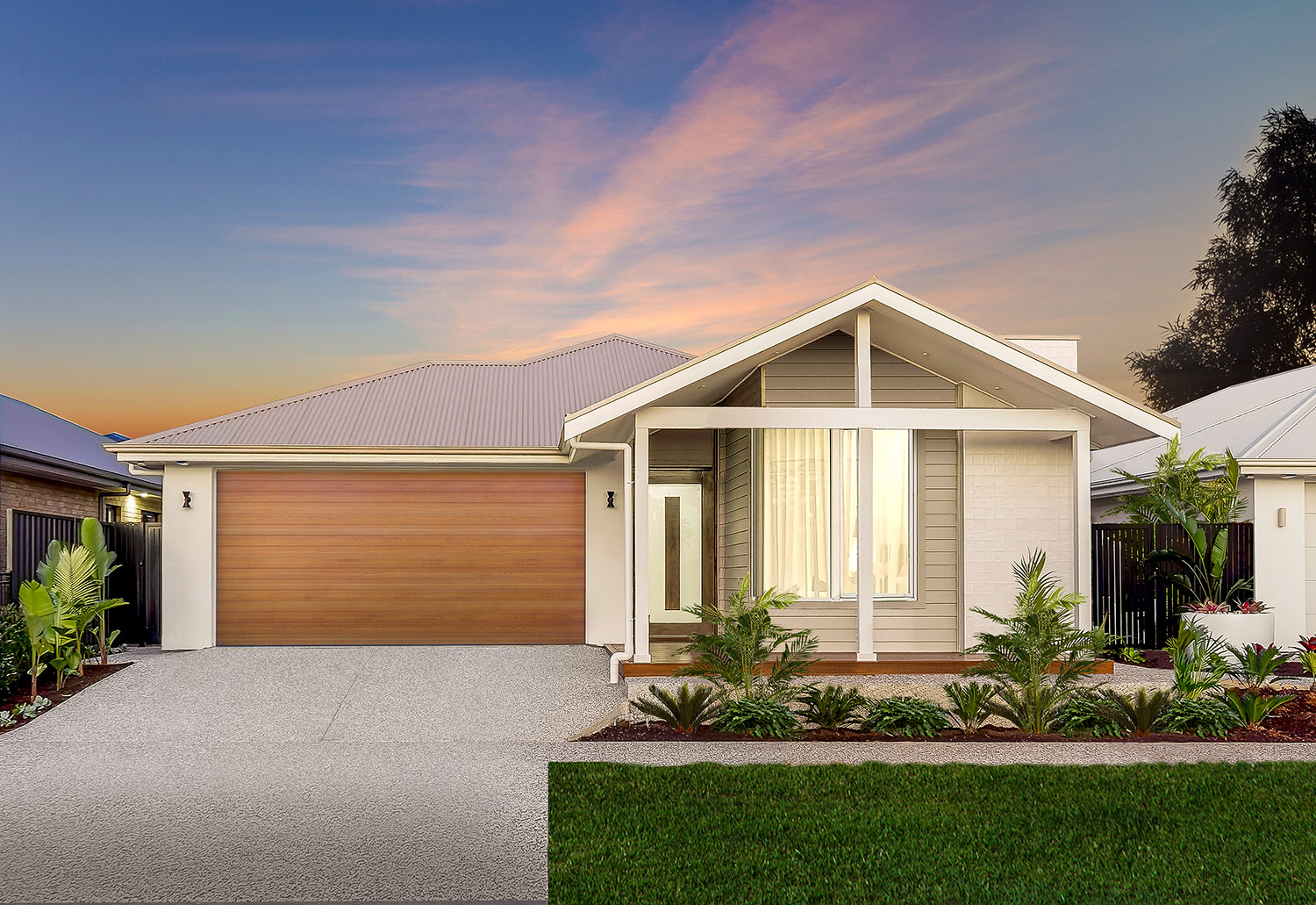
A Vital Element in Home Building
Now that you understand the significance of eaves, you can appreciate their vital role in protecting, enhancing, and adding value to your home. These often-overlooked architectural elements offer a wealth of benefits, from safeguarding your property from the elements to improving its aesthetic appeal and energy efficiency.
As you embark on your home building or renovation journey, remember to prioritise eaves in your plans. By making informed decisions about eave design and style, you can create a home that is not only beautiful but also resilient and comfortable.
Weeks Homes is committed to helping you build your dream home. Our team of experts can guide you through the design process and ensure your eaves suit your specific needs and climate. Contact us today to explore your options or visit one of our display homes in Adelaide.

